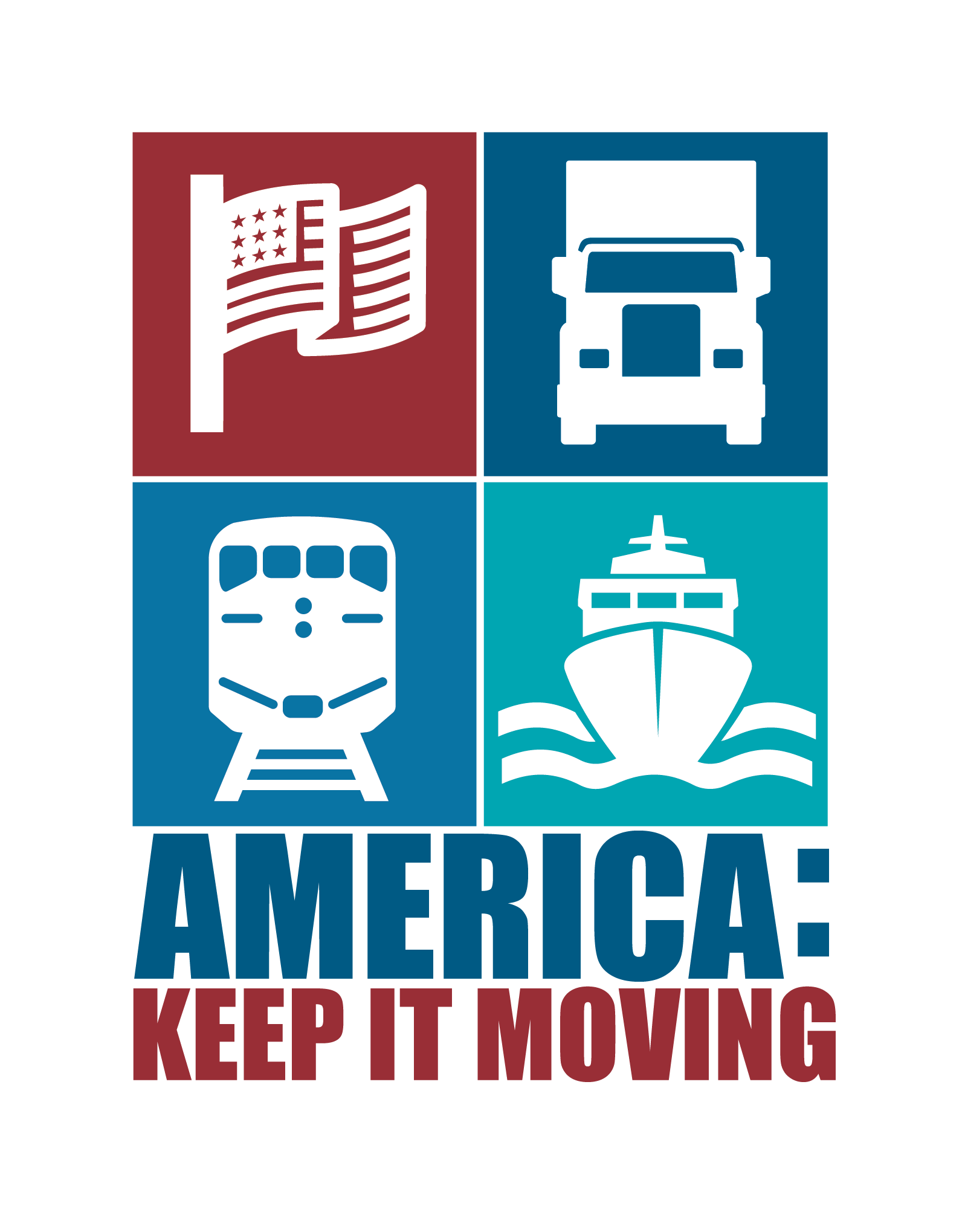News Release
FOR RELEASE - May 23, 2017
Contact: Aaron Ellis, Public Affairs Director, aellis@aapa-ports.org
(703) 684-5700
American Association of Port Authorities
Phone: (202) 792-4033
www.aapa-ports.org
 |
In reviewing the details announced today in President Trump’s fiscal 2018 budget request, the American Association of Port Authorities (AAPA) – the recognized and unified voice of America’s seaports – sees declines for most federally funded, port-related programs. However, AAPA is encouraged by the Administration’s recently announced major infrastructure initiative to support $1 trillion in infrastructure over 10 years, of which $200 billion would be in direct spending. Of that $200 billion, $5 billion is proposed for spending next year.
AAPA president and CEO Kurt Nagle stated, “AAPA applauds President Trump’s call to invest $1 trillion into America’s infrastructure over the next decade. The port industry has identified a need of $66 billion in federal investments to port-related infrastructure over that time. Ports and their private sector partners plan to invest $155 billion over the next five years alone in port facility infrastructure, and it’s vital that supporting federal investments be made, primarily to improve the waterside and landside connections to our nation’s ports.”
He added, “While encouraged by the prospect of a sizable infrastructure investment program being considered, we’re concerned about the significant reductions proposed for fiscal 2018 in many of the programs critically important to ports, such as TIGER (Transportation Investment Generating Economic Recovery) discretionary grants, HMTF (Harbor Maintenance Trust Fund) outlays, port security grants, and assistance in reducing diesel emissions.”
Over the next decade, AAPA is calling for $66 billion in federal funds for port-related infrastructure to ensure U.S. job creation, economic growth, safe and secure ports and tax fairness. On the waterside, AAPA recommends investing $33.8 billion to maintain and modernize deep-draft shipping channels, and $32.03 billion to build vital road and rail connections to ports and improve port facility infrastructure.
Mr. Nagle noted that activities at U.S. seaports account for more than a quarter of the nation’s economy, support over 23 million American jobs and generate more than $321 billion a year in federal, state and local tax revenue.
Among the budget proposals for next year is eliminating the U.S. Department of Transportation’s (USDOT) TIGER grants program, which last year awarded U.S. ports $61.8 million in multimodal infrastructure grants such as dock, rail and road improvements. Additionally, the Department of Homeland Security’s Port Security Grant Program (PSGP), which Congress last funded at $100 million and which provided 35 port security-related grants in fiscal 2017, would see funding reduced to $47.8 million … a 52 percent cut.
President Trump has also proposed cutting the overall Environmental Protection Agency’s (EPA) budget by 31 percent, while the EPA’s Diesel Emissions Reduction Act (DERA) grants would see an 83 percent reduction. These grants have helped ports to make investments in clean diesel equipment and reduction strategies at the ports themselves, and they’ve used them to help businesses buy newer, cleaner-burning trucks, locomotives and vessels. Authorized at $100 million, DERA grants are currently funded at $60 million, while the President’s fiscal 2018 budget calls for $10 million in funding.
While the Administration’s budget request calls for increasing the U.S. Army Corps of Engineers (Corps) funding by $400 million over the previous administration’s request of $4.6 billion, the request still represents a 16 percent decrease in the Corps budget when compared to the funds provided in the fiscal 2017 Omnibus. While details for the fiscal 2018 Corps’ Coastal Navigation program weren’t available at this writing, the President’s budget estimates fiscal 2017 HMTF expenditures will be $1.252 billion, and it targets fiscal 2018 funding at $965 million … a 23 percent reduction.
The Coastal Navigation program funds improvements and maintenance in America’s harbors and deep-draft shipping channels. The Harbor Maintenance Tax, which is levied on the value of imports and domestic, port-to-port shipments, was established in 1986 to pay for 100 percent of maintaining America’s deep-draft harbors and channels.
“International trade through ports is vital to our economy,” said Mr. Nagle. “To help the public and policymakers fully recognize the value and contributions to the economy related to our ports, AAPA has created the America: Keep It Moving campaign, which highlights the needs and benefits of investing in seaport infrastructure.”
Below are AAPA’s key recommendations for the fiscal 2018 budget:
Mr. Nagle concluded: “As the fiscal 2018 budget process and the anticipated infrastructure initiative moves forward, it’s vital that significant federal investments be made in port-related infrastructure. Such investments will pay huge dividends in terms of our international competitiveness, economic growth, American jobs and federal tax revenues.”
AAPA’s recommendations provided to the Trump Administration and the 115th Congress on key seaports priorities and is available at http://bit.ly/2ghLJPn. Details on AAPA’s America: Keep It Moving campaign are available at http://bit.ly/2m7cvOm.
About AAPA
Founded in 1912, AAPA today represents 140 of the leading seaport authorities in the United States, Canada, Latin America and the Caribbean and more than 250 sustaining and associate members, firms and individuals with an interest in seaports. According to IHS Inc. - World Trade Service, combined international sea trade moving through Western Hemisphere ports in 2015 totaled 3.45 billion metric tons in volume and US$3.36 trillion in value. Of that total, ports in Central and South America handled 1.69 billion metric tons of cargo valued at US$1.15 trillion, while North American ports handled 1.76 billion metric tons of goods, valued at US$2.21 trillion. To meet the growing demand for trade, the AAPA and its members are committed to keeping seaports navigable, secure and sustainable. For more information, visit www.aapa-ports.org. On Twitter: http://twitter.com/AAPA_Seaports